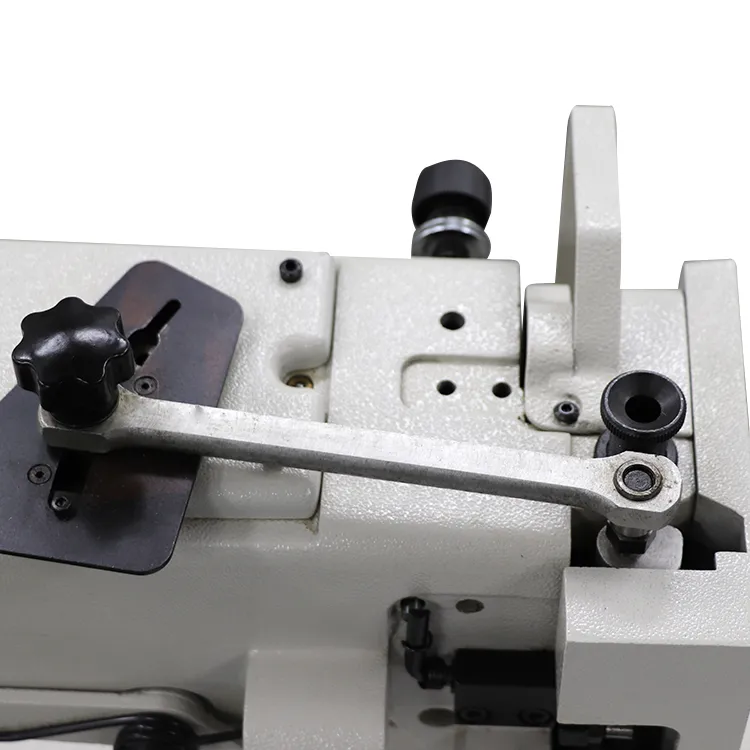what is lock stitch
Understanding Lock Stitch A Comprehensive Overview
In the world of sewing, the lock stitch is one of the most fundamental and widely used stitch types. It is essential for both hand and machine sewing, and its importance cannot be overstated. So, what exactly is a lock stitch, and why is it so pivotal in garment construction and textile manufacturing?
Understanding Lock Stitch A Comprehensive Overview
The process of creating a lock stitch begins when the needle pierces the fabric and moves down, carrying the upper thread with it. As the needle rises, it creates a loop in the upper thread. The bobbin case then provides the lower thread, which passes through the loop created by the needle. As the needle continues its upward motion, the upper thread pulls the lower thread up, thereby locking the two threads together. This creates an even, strong seam that is less likely to unravel over time.
what is lock stitch

One of the main advantages of the lock stitch is its strength and versatility. Lock stitches are commonly used in a variety of fabrics, from lightweight materials like cotton and silk to heavier textiles such as denim and canvas. This makes it an ideal choice for a range of sewing projects, including clothing, home decor, and upholstery. Additionally, lock stitches are generally flat, which means they lie relatively smooth against the fabric surface, providing a clean finish that is visually appealing.
While the lock stitch is highly effective, it does have its limitations. For instance, it can be less flexible compared to other stitch types, such as the stretch stitch or zigzag stitch. This rigidity means that while lock stitches work excellently for standard seams, they may not perform as well on fabrics that require a lot of stretch, like knits or spandex. In such cases, using alternative stitches may be necessary to ensure the fabric can move freely without breaking the seam.
Furthermore, mastering the lock stitch on a sewing machine requires some skill and practice. Issues such as thread tension, needle size, and bobbin threading can affect the overall quality of the lock stitch. A common problem faced by sewists is thread bunching or looping, which occurs when the tensions between the upper and lower threads are not properly balanced. Consistent practice and adjustment can help mitigate these issues, leading to cleaner, more professional-looking seams.
In conclusion, the lock stitch is a cornerstone of sewing techniques, and understanding its mechanics is crucial for anyone interested in fabric arts. Whether you are a seasoned professional or an enthusiastic beginner, mastering the lock stitch will undoubtedly enhance your sewing skills. Its durability, strength, and clean finish make it a go-to choice for countless sewing applications, ensuring that your projects not only look good but also hold up well over time. Embracing the lock stitch is, without a doubt, an essential step in any sewist's journey.
-
Heavy Duty Leather Sewing Machine: A Must-Have for Professional LeatherworkNewsMay.28,2025
-
Leather Sewing Machine: Essential for High-Quality LeathercraftNewsMay.28,2025
-
Extra Heavy Duty Sewing Machine for Premium Leather ApplicationsNewsMay.28,2025
-
Walking Foot Cylinder Arm Sewing Machine: Precision and Power CombinedNewsMay.28,2025
-
Industrial Cylinder Arm Sewing Machine: Engineered for High-Performance StitchingNewsMay.28,2025
-
Cylinder Bed Sewing Machine: A Powerful Solution for Precision StitchingNewsMay.28,2025
-
Zigzag Sewing MachineNewsMay.12,2025





























